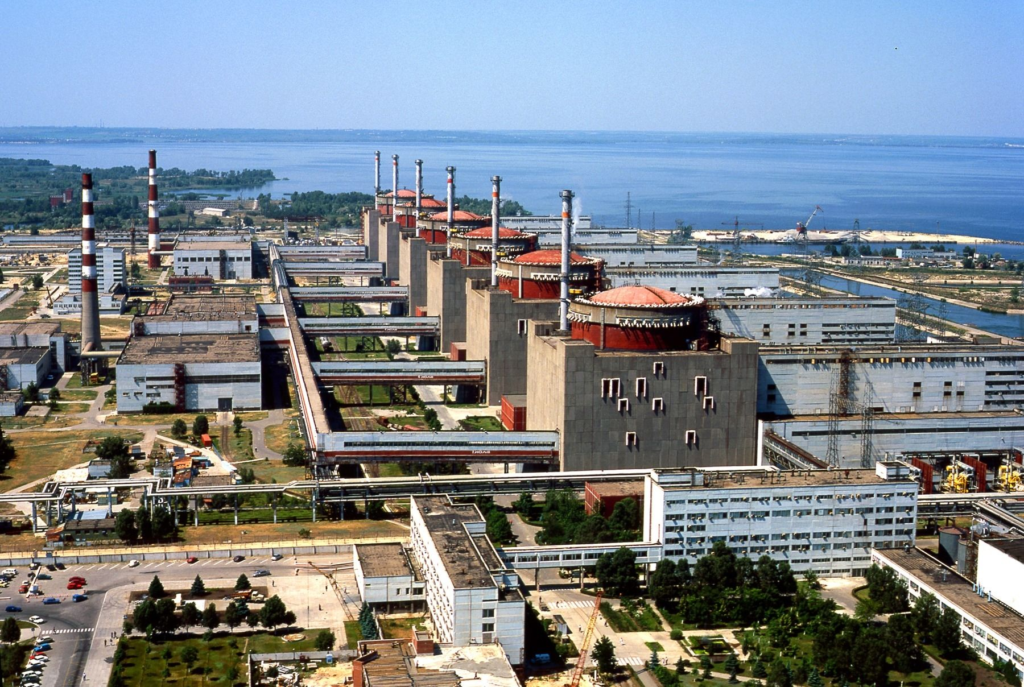STRUGGLE CONTINUES FOR ZAPORIZHZHIA NUCLEAR POWER PLANT
The struggle continues for the operators at Zaporizhzhia Nuclear Power Plant. The Russian forces are steadily increasing pressure on the operators by forcing them to obtain Russian passports and pushing them to sign contracts with Russia’s nuclear generation operator, Rosatom. Those who have refused to sign a contract with Rosatom are being coerced with psychological pressure and being selectively deprived access to the plant without warning. In addition, Russian security operatives are attempting to sow distrust, creating conditions for anonymous reporting through special bots on Telegram, the messaging app.
At the same time, dissatisfaction is growing among Rosatom’s energy specialists stationed at the plant. Their two-month deployment has turned into 6 months or more, due to how difficult it is to find qualified specialists in Russia willing to replace them. In addition, the qualifications of the specialists currently at the plant are in question. According to the Ukrainian State Nuclear Regulation Inspectorate, the Russian specialist deployed at the plant are viewed as incompetent.
It has been eighteen months since the Zaporizhzhia Nuclear Power Plant was captured by the Russian forces in March 2022. In August and September of 2022, there were bombings around the nuclear plant. The Ukraine and Russia blamed each other because it inflicted damage on the reactors and/or the spent fuel, evidenced by the leakage of radioactive materials. In June of 2023, the Kakhovka Dam, the source of cooling water for the plant was breached and today, the Kakhovka reservoir is dry. While the nuclear plant’s cooling water reservoir is still sufficient, its supply of water will be a problem for quite some time.
Around this time, the reactors at Zaporizhzhia reached temperatures above 100 °C. Although this does not cause an immediate concern for the reactor fuel, the discontinuation of cooling water injection with the temperate at boiling does. Should this condition continue, the nuclear fuel would become exposed and could result in increased fuel temperatures, which if allowed to continue would eventually result in major fuel damage and meltdown. Since a large amount of hydrogen is generated before fuel meltdown, a hydrogen explosion could occur, spreading radioactive material over the area. In which case, contamination will spread to the Crimean Peninsula and the Black Sea, and even Russia could not avoid the damages. This would have an incalculable impact on the world in terms of food security. A rich black earth region lies in the Dnieper River basin, and central and southern Ukraine have been known as the “granary of Europe” since the 19th Century.




